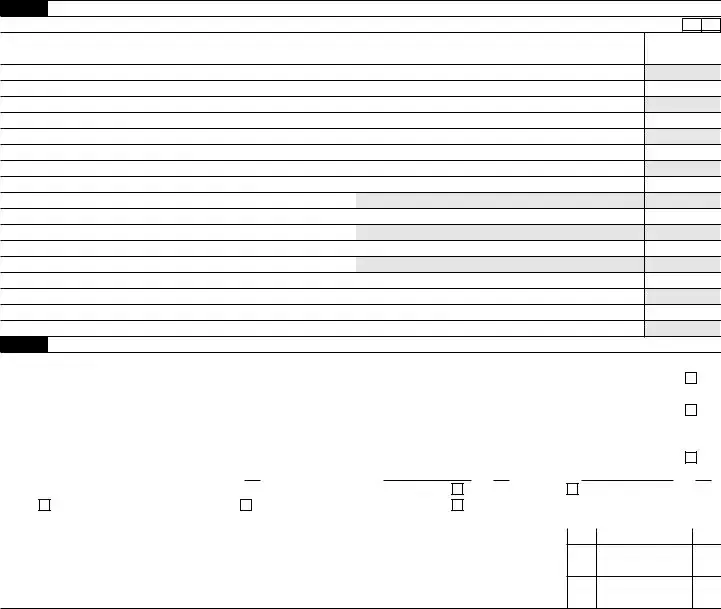Every year, businesses and various entities find themselves navigating the complex landscape of tax submission deadlines. In this context, the IRS Form 7004 serves as a crucial tool, providing a means for an automatic extension of time to file certain business income tax, information, and other returns. This form is particularly important for entities that are not ready to file their final tax returns by the original due date, whether due to the need for more time to gather information, unforeseen circumstances, or the complexity of their tax situations. By submitting Form 7004, organizations can avoid penalties for late submissions, thereby allowing them to maintain compliance with federal tax obligations without rushing the process. The form caters to a broad spectrum of entities including corporations, partnerships, and trusts, each with its own set of deadlines and requirements. Understanding the nuances of Form 7004, from its applicability to the specific instructions for completion and submission, is pivotal for any entity looking to ensure they meet their federal tax obligations accurately and on time.

